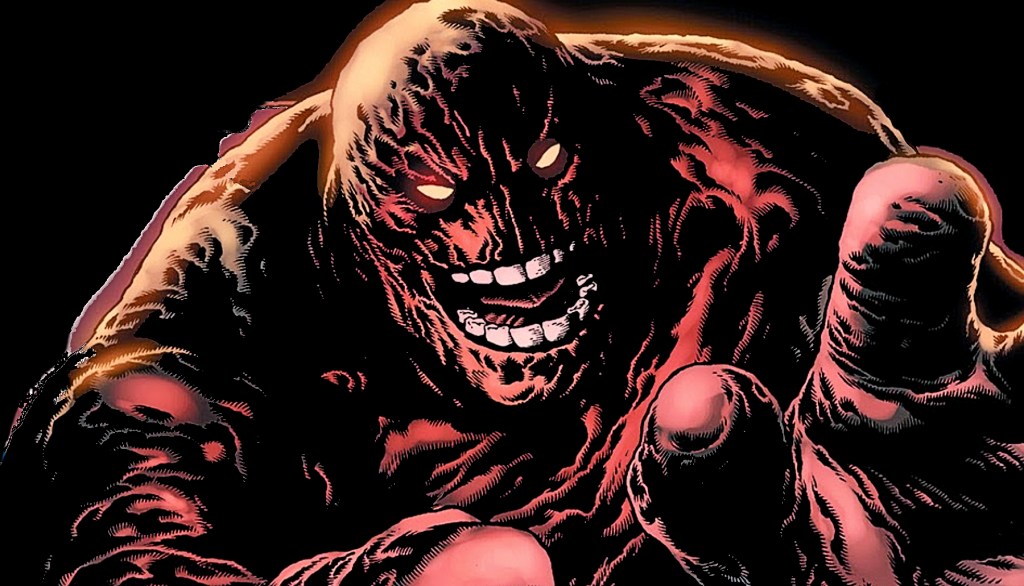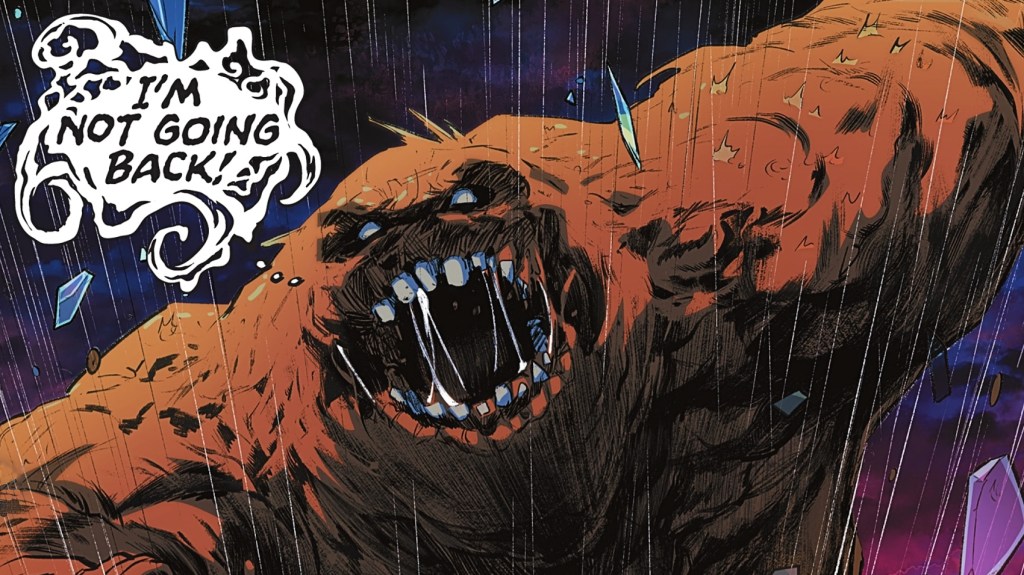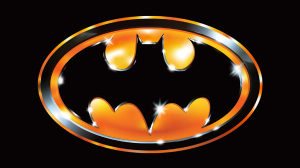While Clayface may not receive as much attention and glamour as some of Batman’s other opponents, he is a bona fide “OG” Batman villain who has been testing the Caped Crusader’s mettle for nearly a century. Only the Joker and Catwoman have been trying to thwart Batman’s efforts for longer. Naturally, over the decades, Batman and Clayface have faced off against each other on numerous occasions. As the saying goes, “familiarity breeds contempt,” and Clayface’s history with Batman has fostered a deep-seated and complex hatred that is not solely based on criminality. Clayface was originally not a criminal, but rather a tragic individual whose situation was exacerbated by Batman’s involvement.
Videos by ComicBook.com
Clayface’s tragic circumstances and his connection to Batman’s world do not arise solely from a pure criminal intent for financial gain. Instead, Clayface’s criminality is fueled by his intense emotions – a potent mixture of anger, personal hatred, feelings of inadequacy, and jealousy. As a result, Clayface’s clashes with the Dark Knight often take on a very emotional aspect. Defeating Batman becomes an integral part of his personal salvation. No story captures that aspect of their conflict better than Collin Kelly, Jackson Lanzing, and Xermánico’s Batman: One Bad Day: Clayface #1 – the best Batman comic story featuring Clayface.
The Clayface – Batman Conflict is Simply More Intense Than Others

Unlike other Batman villains, Clayface is not a single individual, so to understand what makes One Bad Day so good, its important to go back to the original Clayface – Basil Karlo. Introduced in Detective Comics #40, he established the benchmark for what is considered “peak Clayface.” As detailed in that issue, Karlo was a successful actor known for his roles in popular horror films, including one where he played a face-changing character named Clayface. However, his success led him to become a classic “Hollywood Bad Boy,” and his toxic personality ultimately made him unmarketable.
[ RELATED: Who Is Clayface? The Many Faces of Clayface, Explained ]
Enraged by the world turning against him, Karlo embraced the Clayface persona of his movie character and embarked on a murderous rampage, targeting the actors, directors, and film company he blamed for his “cancellation.” This drew Batman’s involvement because, at the time, Bruce Wayne’s girlfriend was a cast member in the film Karlo was targeting.
At first glance, the story may not seem deeply tragic, but a closer look reveals its true sorrow. A talented actor dedicated his life to his craft and rose to stardom through sheer ability. Yet, his downfall stemmed not from a lack of talent, but from an industry and press that deemed him too “rough” for their taste. Ultimately, they effectively canceled him, denying him even the opportunity for growth or redemption – it’s enough to drive someone with a less than stable personality mad – and that’s where One Bad Day comes in.
The Best Clayface Story Taps Into His Emotional Needs

One Bad Day, in effect, retells Karlo’s original story, but with a more intense focus on his mindset rather than his actions. These actions are made more horrific by his shapeshifting abilities, which the original Clayface did not possess. Accordingly, readers get a deep dive into Karlo’s psyche: what drove him to kill in the first place (jealousy), what he felt about the killings (inconsequential, considering the damage the victims were doing to the arts), and how Batman’s involvement pushed him completely over the edge, namely yet another instance of the “busy-body do-gooder” stealing his thunder just when he was at the cusp of victory. As the title suggests, it’s a day where each step is worse than the last.
In an interesting twist, the role that Karlo didn’t get — the one that triggered his mad rampage of death – was the Joker in a film adaptation of The Killing Joke. While several interpretations can be drawn from this Easter egg, the most compelling is the psychological parallel between Karlo and the Joker. The Joker’s insanity is highlighted by his ability to laugh at himself and take a joke — his flaw is that he takes the joke too far. In contrast, Karlo can’t take a joke and deeply resents being laughed at or ridiculed. Real acting, Karlo tells his first victim, “is about turning the pain of the player into the soul of the play.” That is, he doesn’t do comedy. What truly drives him mad is not being taken seriously as an actor. His obsession with seriousness, particularly in how others perceive him as a man and an actor, ultimately pushes him over the edge.
The Original Clayface – A First Among Equals

While Batman and Clayface haven’t clashed as frequently as the Dark Knight has with other villains, their encounters carry significant emotional weight and often become iconic. Since his debut in Detective Comics #40, at least seven different characters in the DC Universe have adopted the Clayface identity, each with unique and sometimes interconnected backstories. Rather than serving as a single individual’s vendetta against the Dark Knight, Clayface embodies a broader anti-Batman theme, though personal hatred or sheer criminal intent can also be motivating factors.
What sets Karlo’s iteration of Clayface in One Bad Day apart is the sense of tragic misfortune, exacerbated by Batman’s interference in his plans. His failures drove him toward crime, not merely for greed or chaos, but as a desperate attempt to reclaim the greatness he once knew but had recently eluded him. As he tells Batman, “It’s my turn,” implying that he will not allow anyone to get in his way. Ultimately, Batman becomes an obstacle to these plans, which, although criminal, stem from a deeply personal place.








